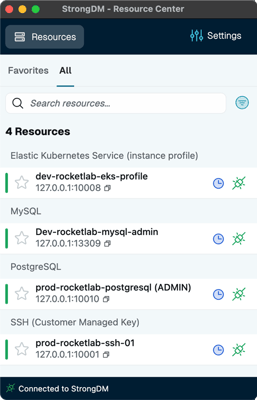Setting permissions, revoking access, and performing other user management duties in Linux can improve your system's security and organization, ensuring users can access the resources they need when they need to. The useradd command lets you create, modify, and check user accounts, helping you handle multi-user environments across various Linux distributions.
Posts by Category:
- Security
- Access
- DevOps
- Auditing
- Privileged Access Management
- Policy
- Zero Trust
- SOC 2
- Compliance
- Authentication
- Databases
- Identity and Access Management
- Compare
- Team
- Product
- Integrations
- Kubernetes
- AWS
- Engineering
- Productivity
- Podcasts
- Observability
- SSH
- HIPAA
- ISO 27001
- Dynamic Access Management
- Role-Based Access Control
- Secure Access Service Edge
- Webinars
- Events
- NIST
- Onboarding
- Passwordless
- Offsites
- Platform
- PCI
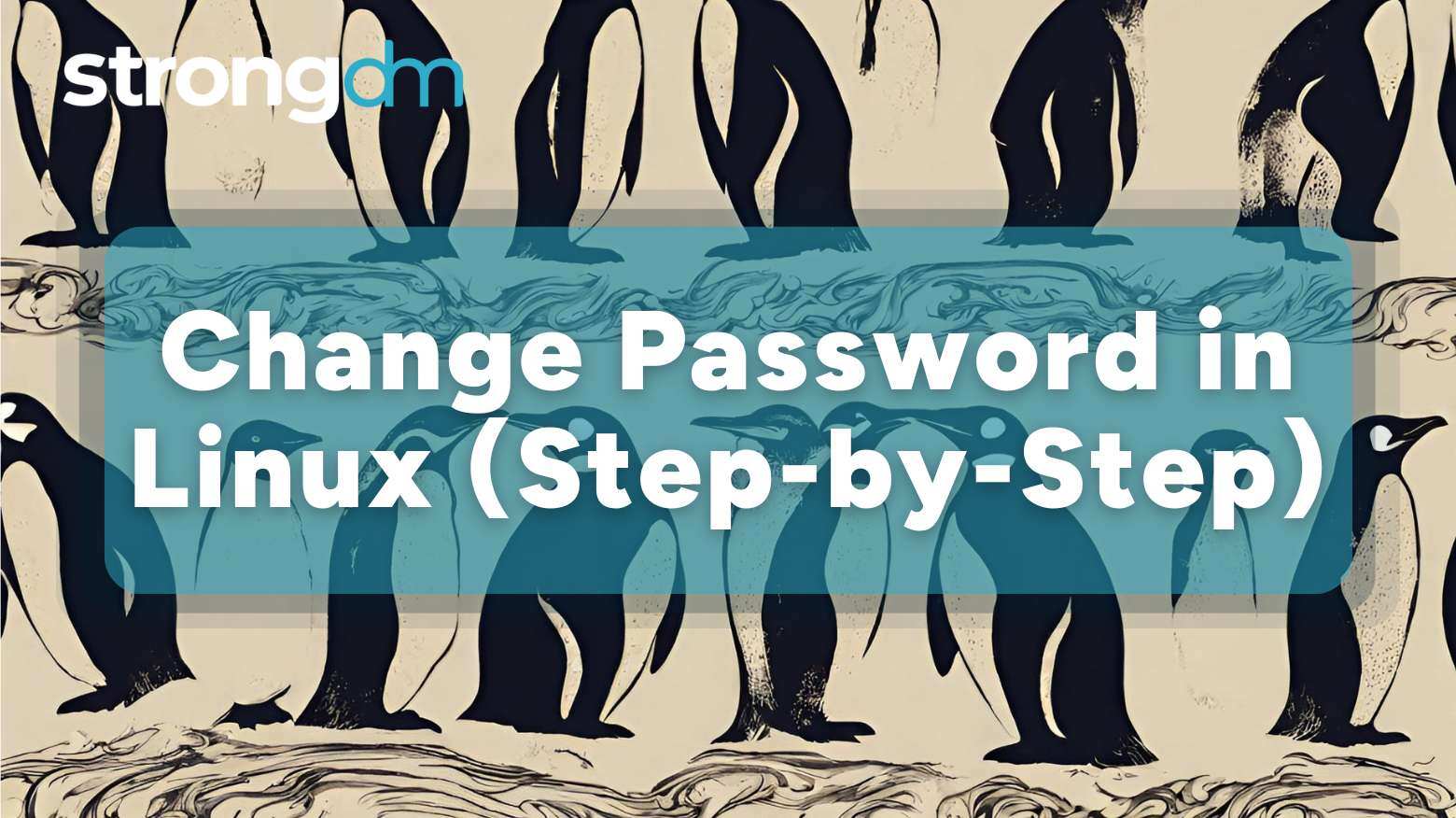
Explore our in-depth guide on how to change and edit passwords in Linux using various commands and tools. Also, learn some advanced Linux password management techniques.
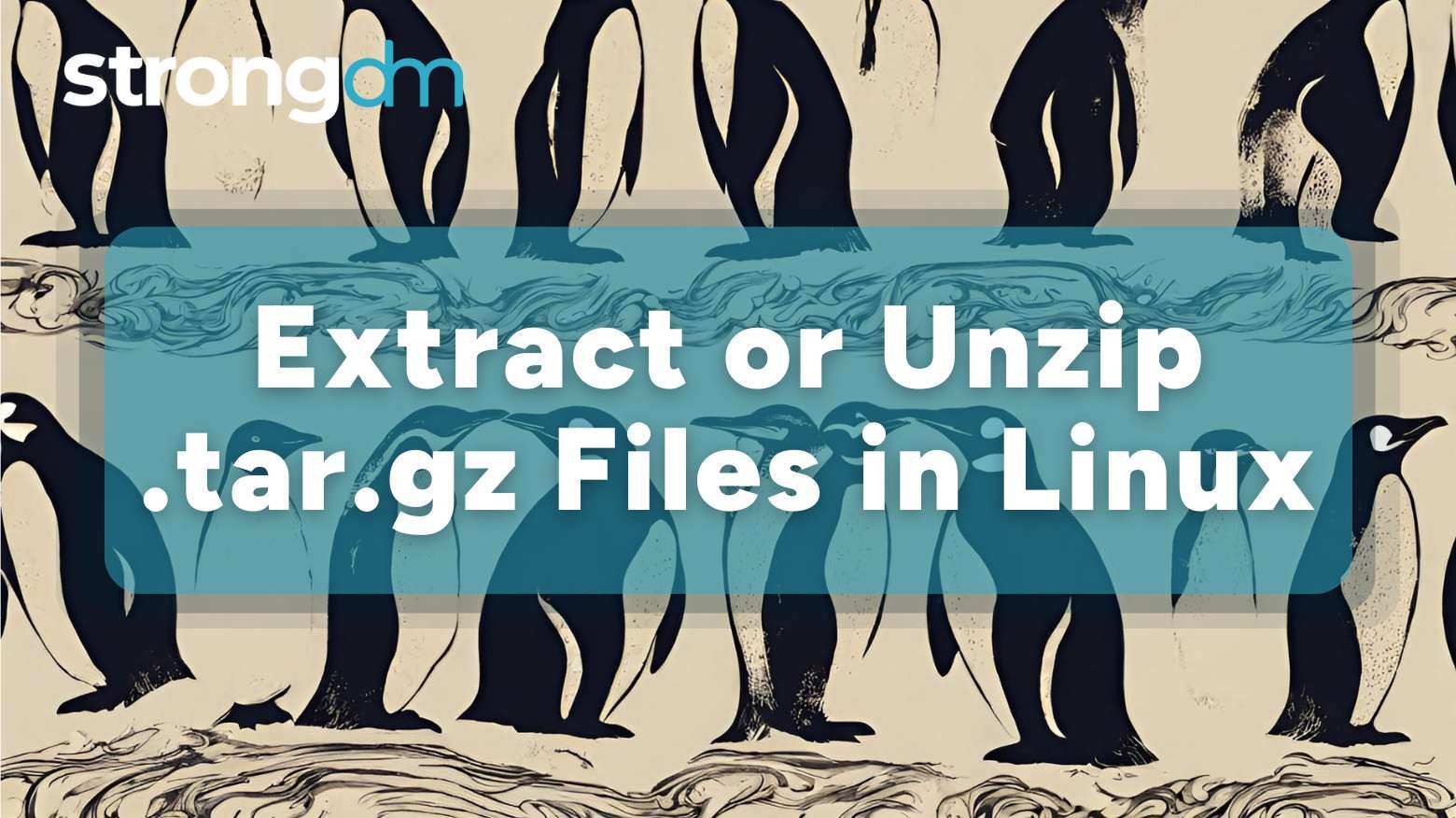
A .tar.gz file is a compressed archive file format that combines the tar and gzip formats. These files are popular among system administrators, developers, and regular computer users for archiving and compression. You might need to extract or unzip .tar.gz files if you're transferring big datasets or distributing software with Linux, the third-most popular desktop operating system in the world.
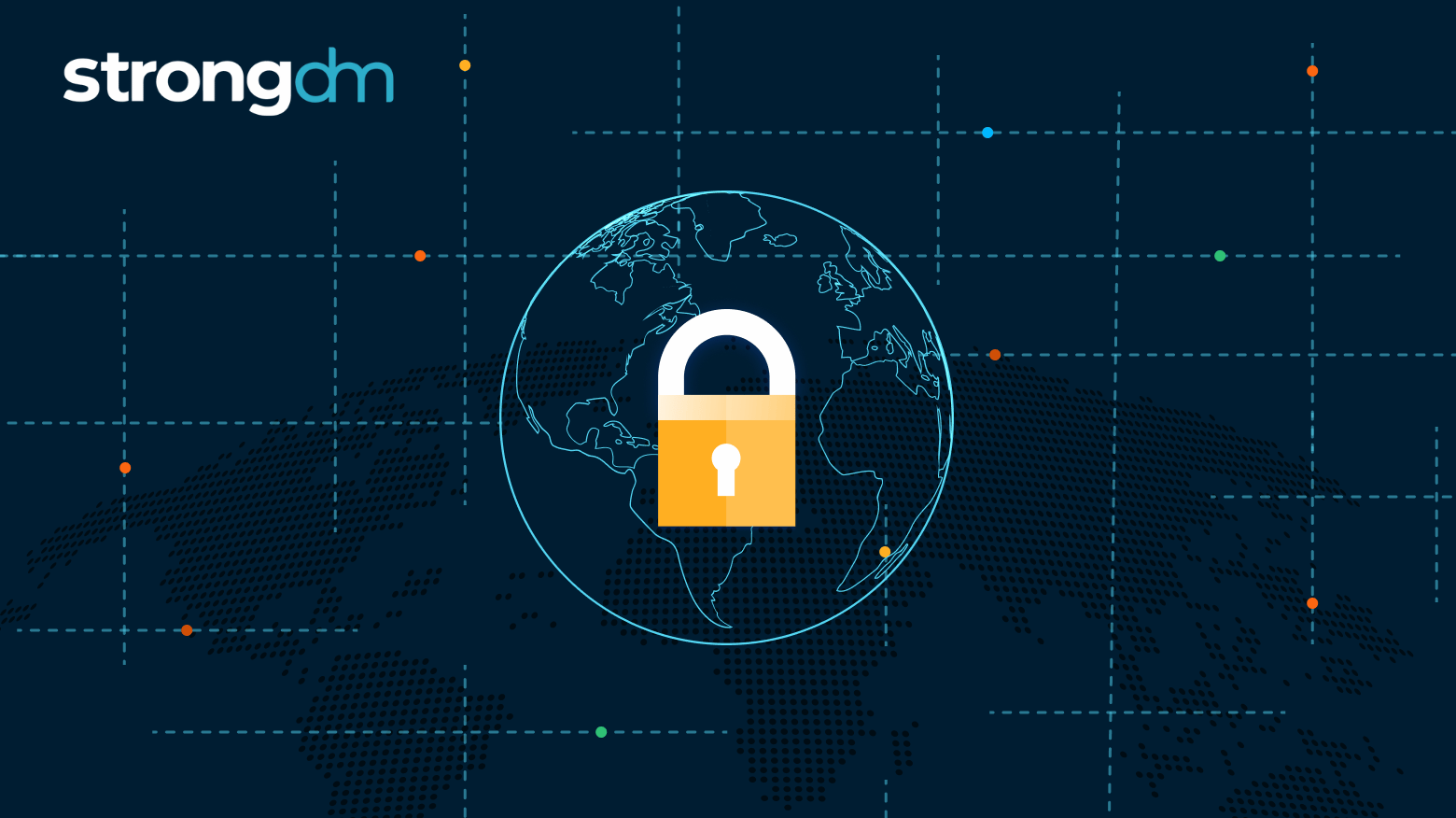
Let’s talk about the unsung heroes of your on-premises infrastructure: network devices. These are the routers, switches, and firewalls that everyone forgets about…and takes for granted—until something breaks. And when one of those somethings breaks, it leads to some pretty bad stuff. If your network goes down, that’s bad, bad, bad for business. But if those devices lack the necessary security, well, that can leave you exposed in an incredibly dangerous way.
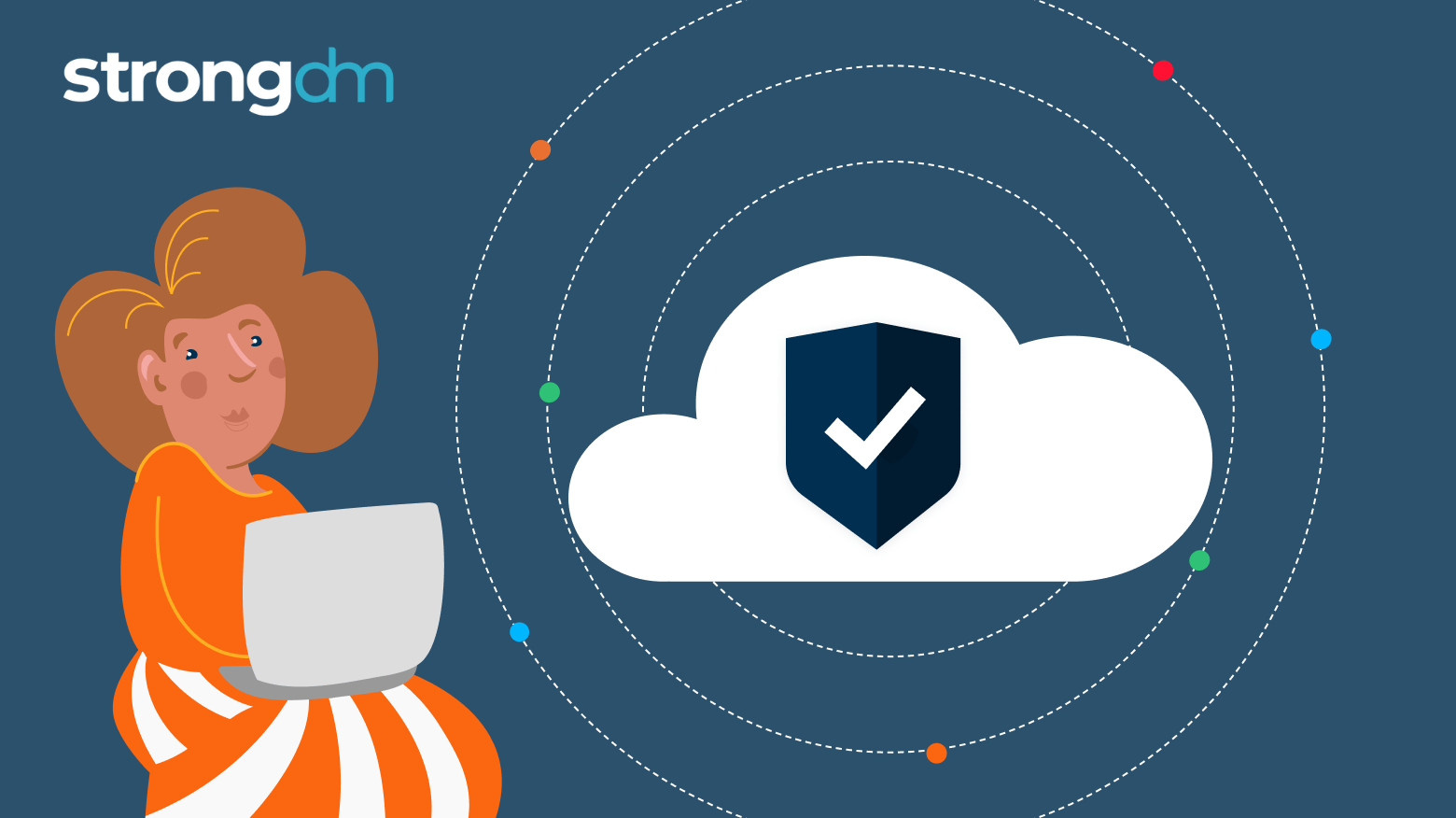
Zero Trust cloud security is a cybersecurity model that operates on the principle that no user, device, system, or action should be trusted by default — even if it's inside your organization’s own network. This approach minimizes the risk of breaches and other cyber threats by limiting access to sensitive information and resources based on user roles, device security posture, and contextual factors.
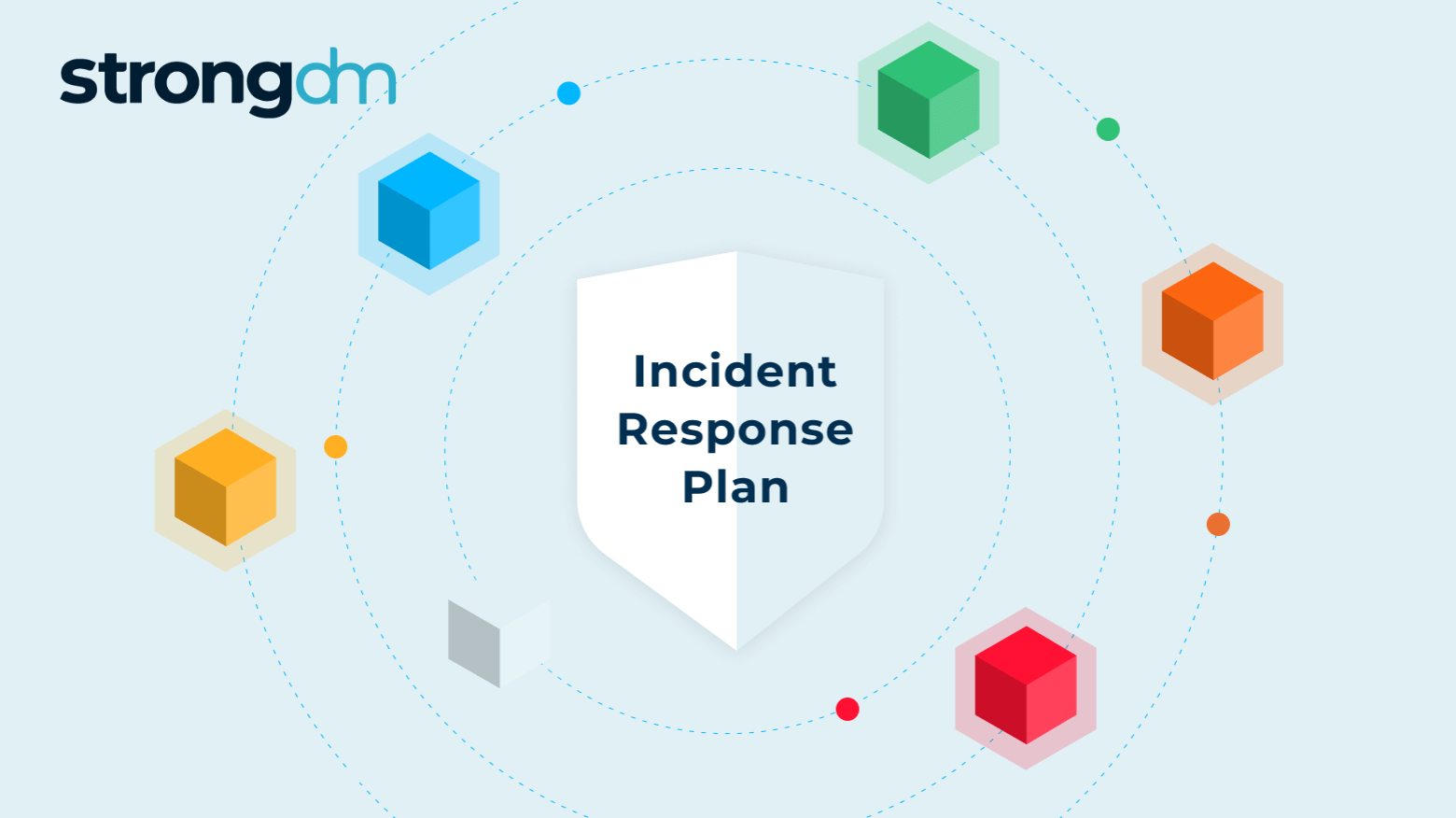
If organizations hope to minimize their exposure to attacks and mitigate any damage done by a threat, they must have a comprehensive incident response plan. An effective plan will detect, contain, and enable rapid recovery from security breaches, preserving your business continuity and operability. We've outlined seven incident response steps for you to follow so you can be prepared for a threat.
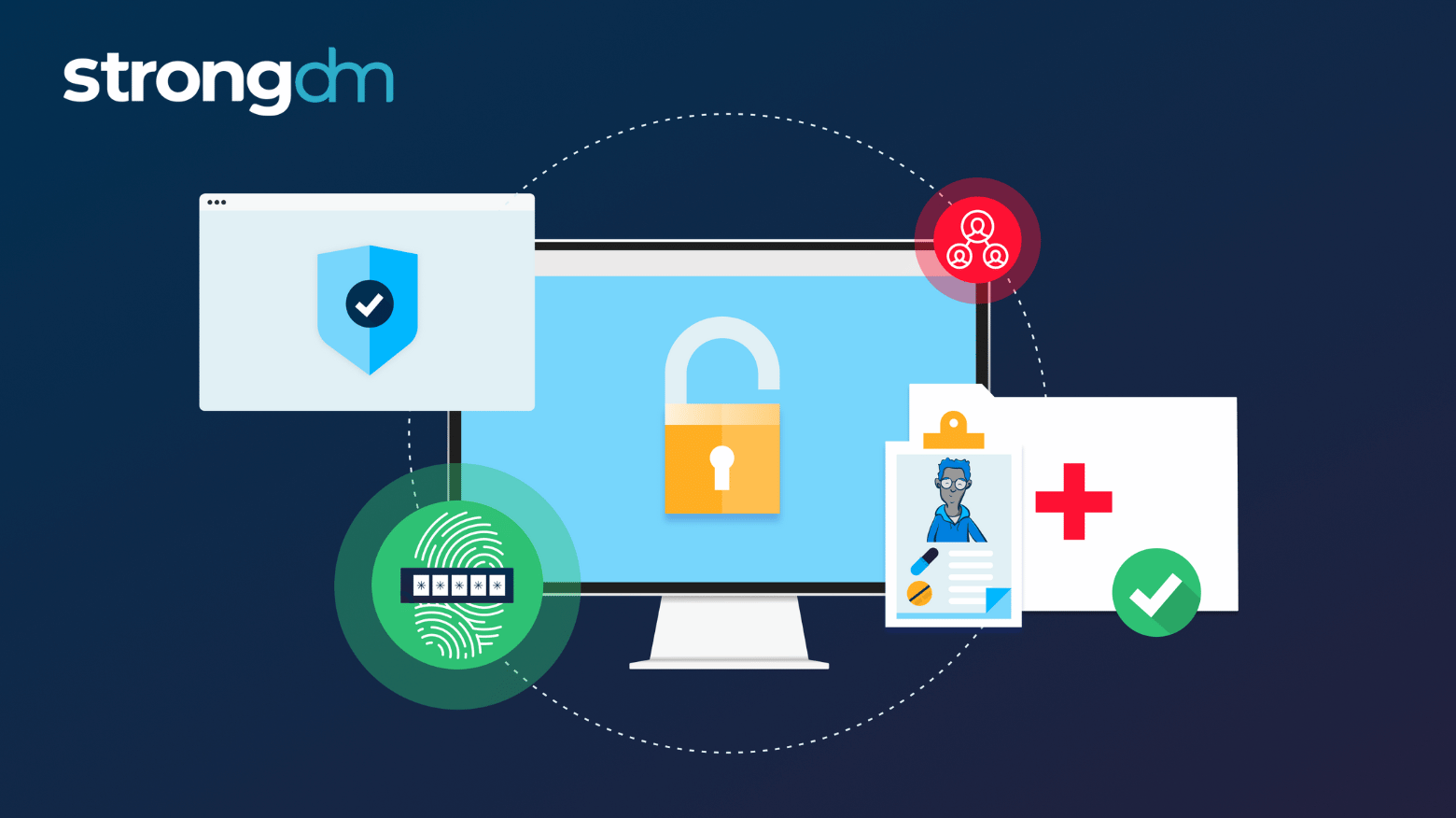
Protecting sensitive patient data in healthcare isn't just a priority—it's a legal and ethical obligation. However, one of the most overlooked security gaps that healthcare organizations face is the practice of password sharing among employees. This seemingly harmless habit can quickly lead to unauthorized access and serious data breaches, putting both the organization and patients at risk. While often seen as a convenient shortcut, password sharing undermines the security of protected health
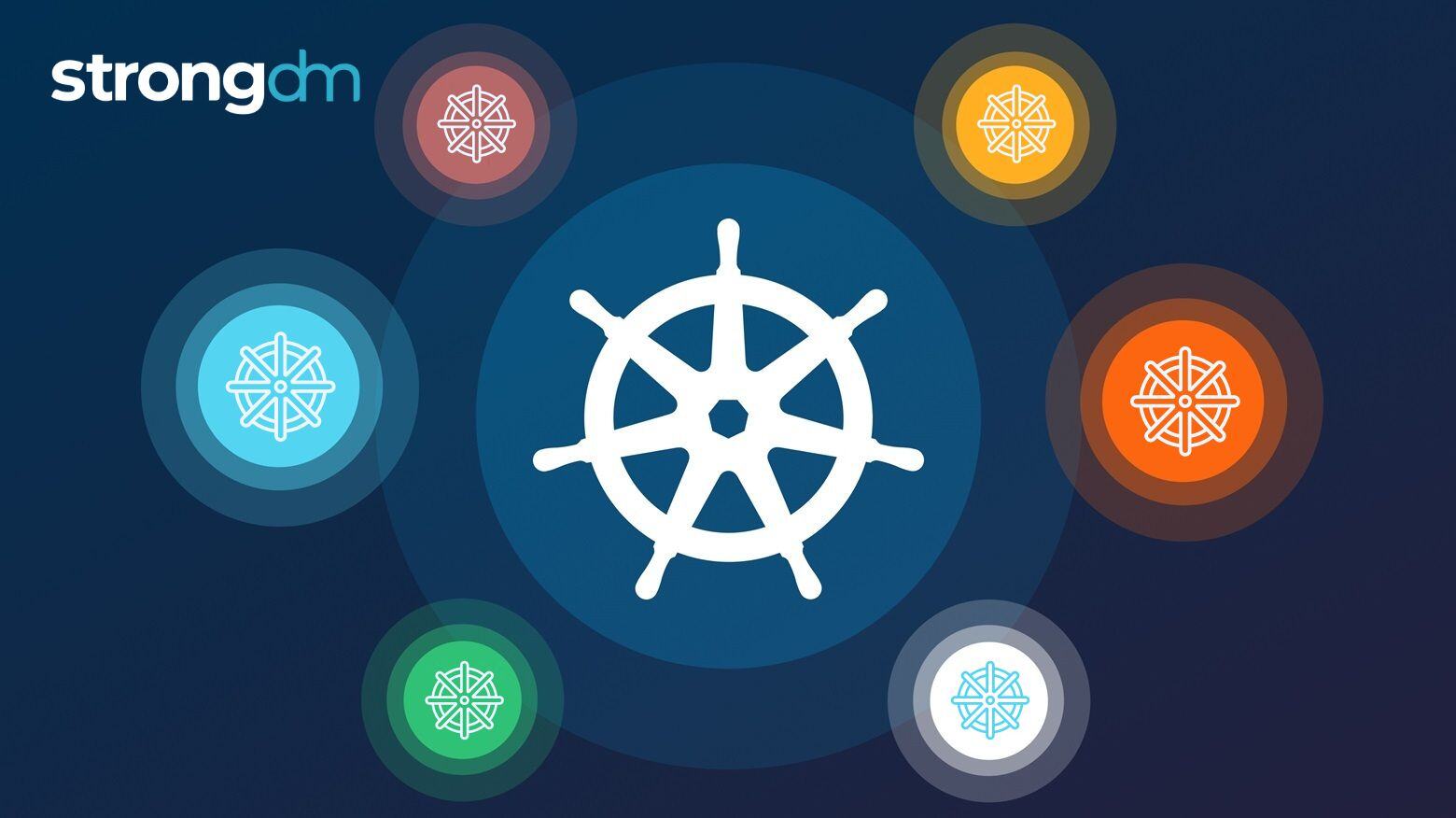
Kubernetes (K8S) has revolutionized software development, but managing such a complex system with numerous components can be challenging. Fortunately, there are several best practices your team can adopt to secure your K8S environment and reduce your attack surface. By implementing these Kubernetes ...
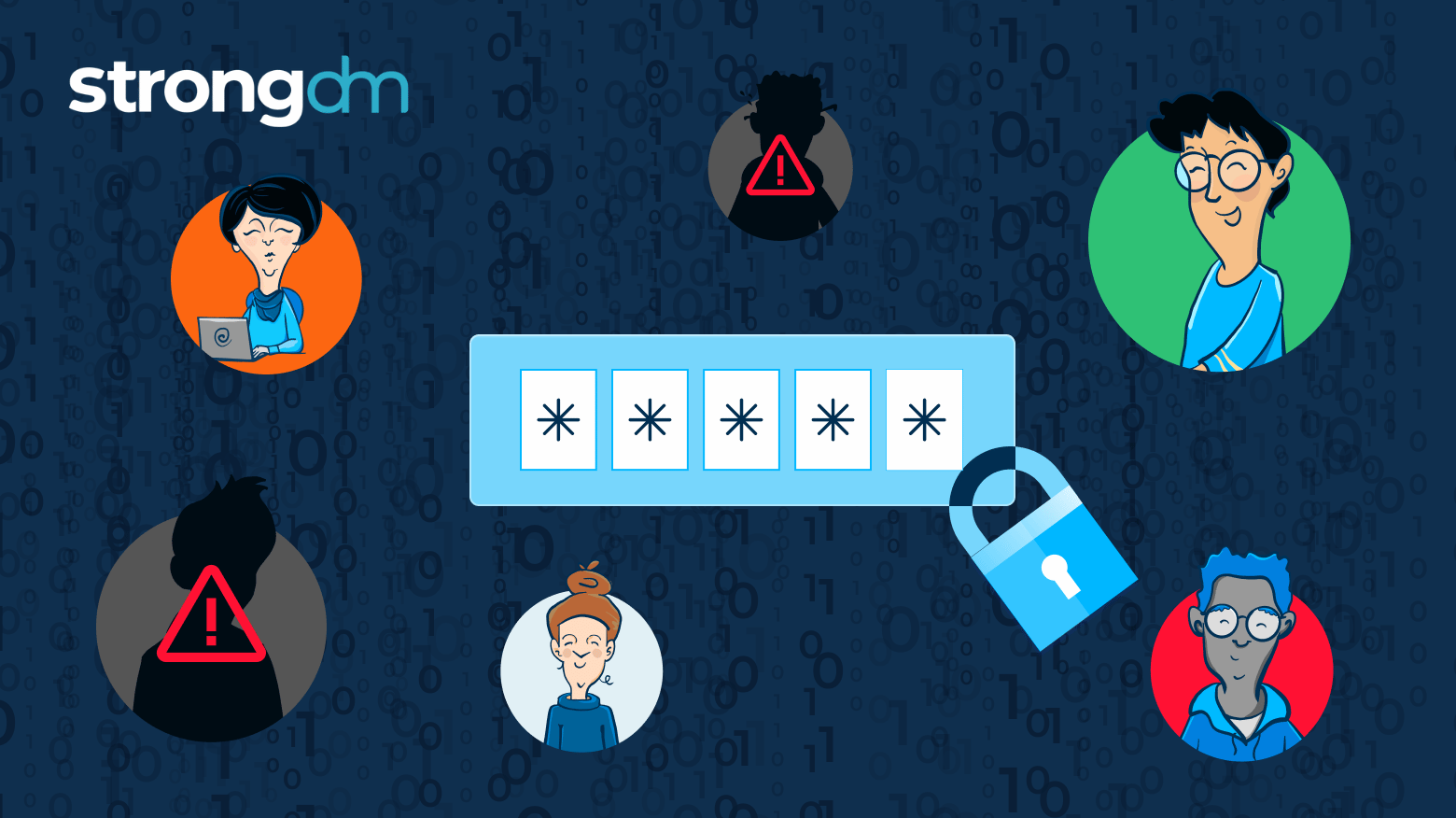
Zero Trust Data Protection isn't just the best way to safeguard your data — given today's advanced threat landscape, it's the only way. Assuming inherent trust just because an access request is inside your network is just asking for a breach. By implementing the latest tactics in authentication, network segmentation, encryption, access controls, and continuous monitoring, ZT data security takes the opposite approach.
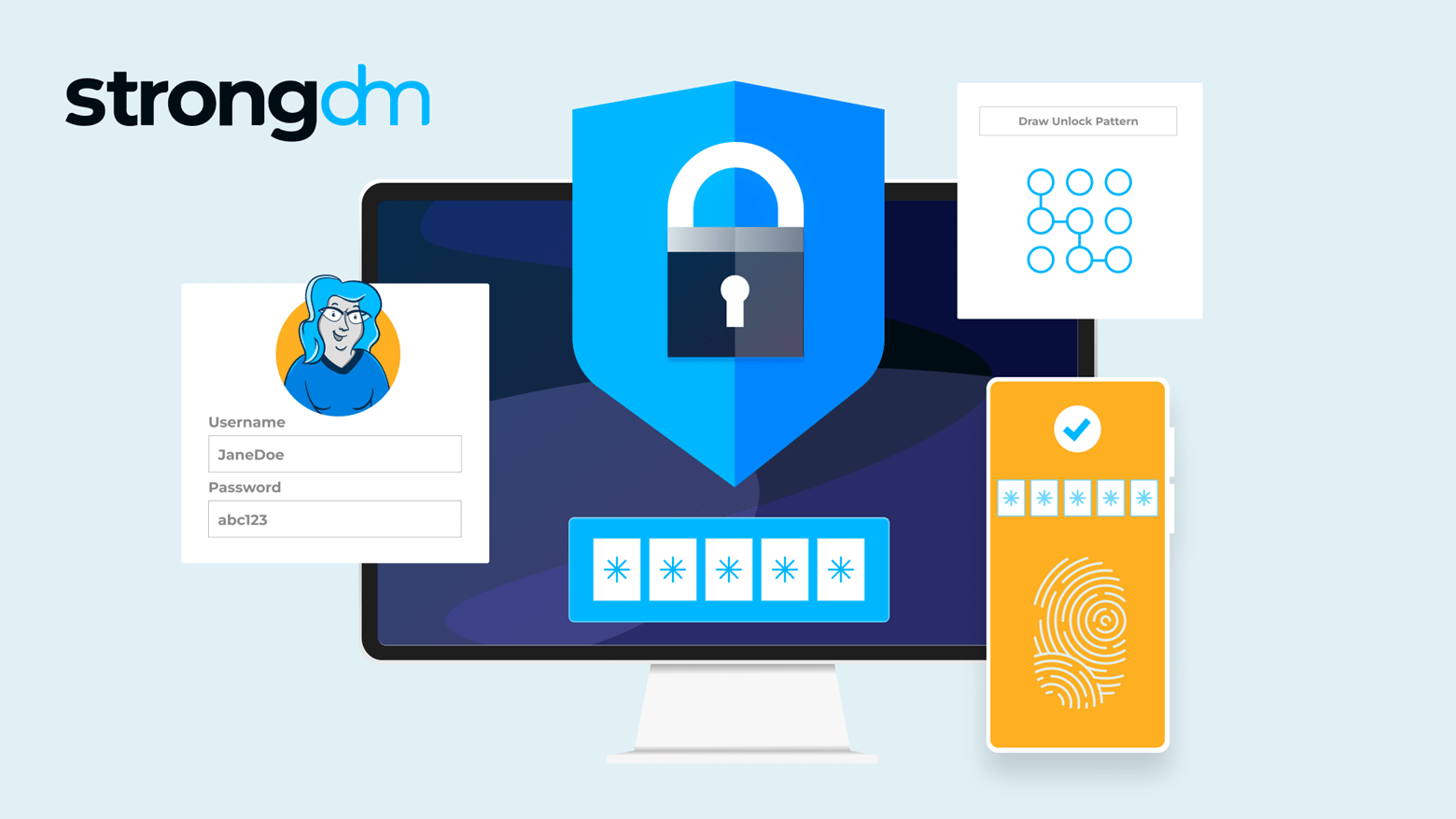
With so many advanced cyber attackers lurking on the threat landscape, a simple password is no longer enough to safeguard your sensitive data. There are many reasons to adopt MFA for your business. It supplements your security by requiring additional information from users upon their access requests—and it significantly reduces your risk of incurring a breach. Several multi-factor authentication methods are available, with varying strengths and weaknesses. Be sure to compare the differences
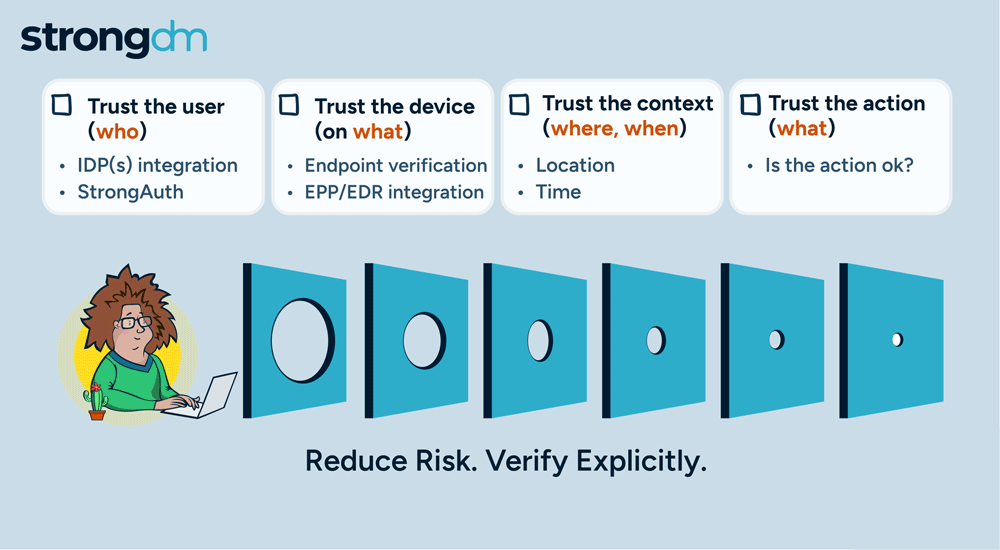
Access is no longer the primary challenge in enterprise security; it's the actions of users that are most aligned with managing risk. By focusing on how actions are authorized, StrongDM is giving customers a more effective approach to enterprise security. Our policy-based action control ensures that, in addition to access, every user action is scrutinized, delivering a higher level of security tailored to meet the complex demands of modern enterprises.
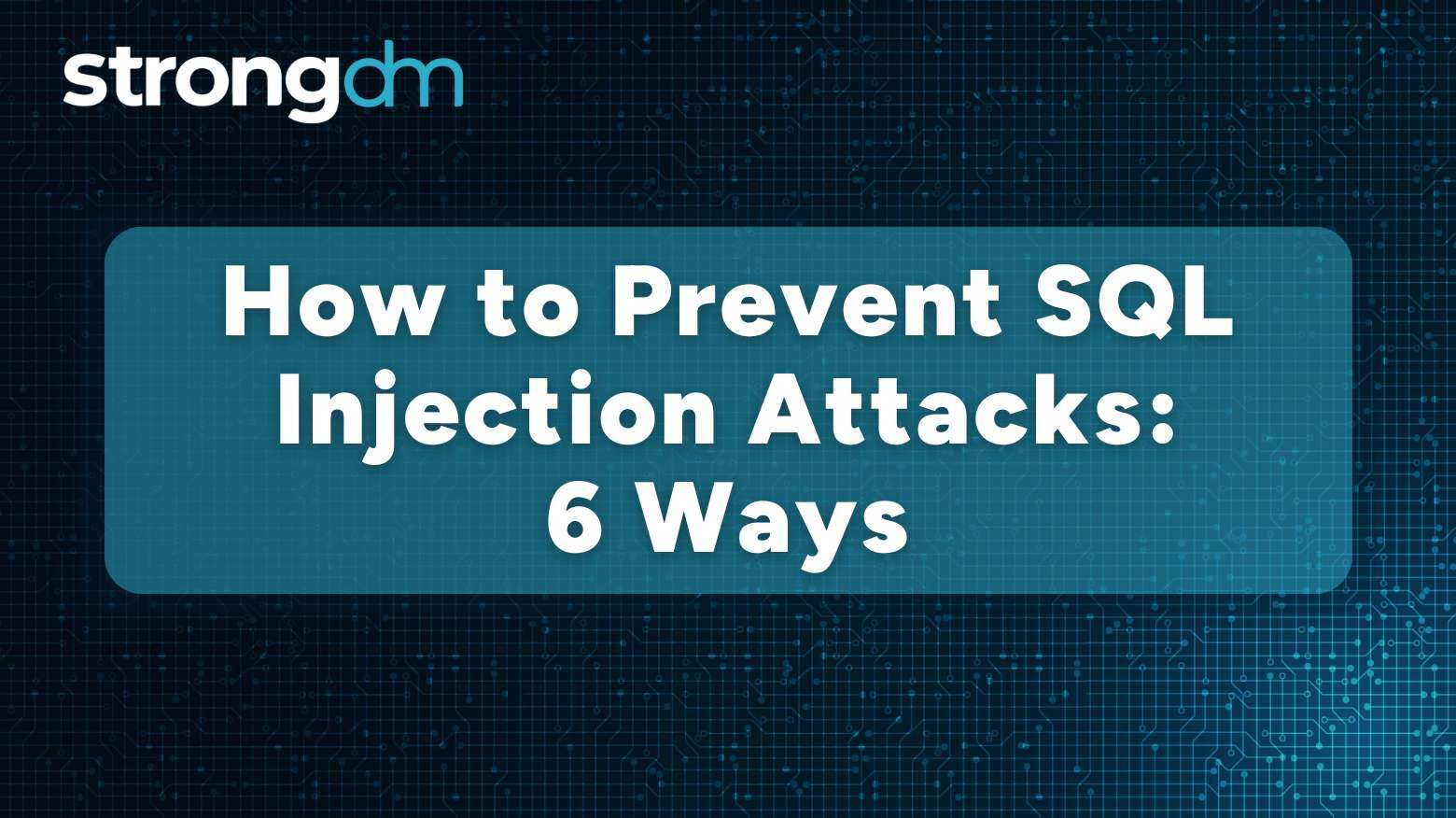
SQL injection attacks remain one of the most prevalent and dangerous threats to database security. These attacks can compromise sensitive data, disrupt operations, and cause significant financial and reputational damage. Understanding how to prevent SQL injection attacks will help you foster a security-conscious organizational culture.
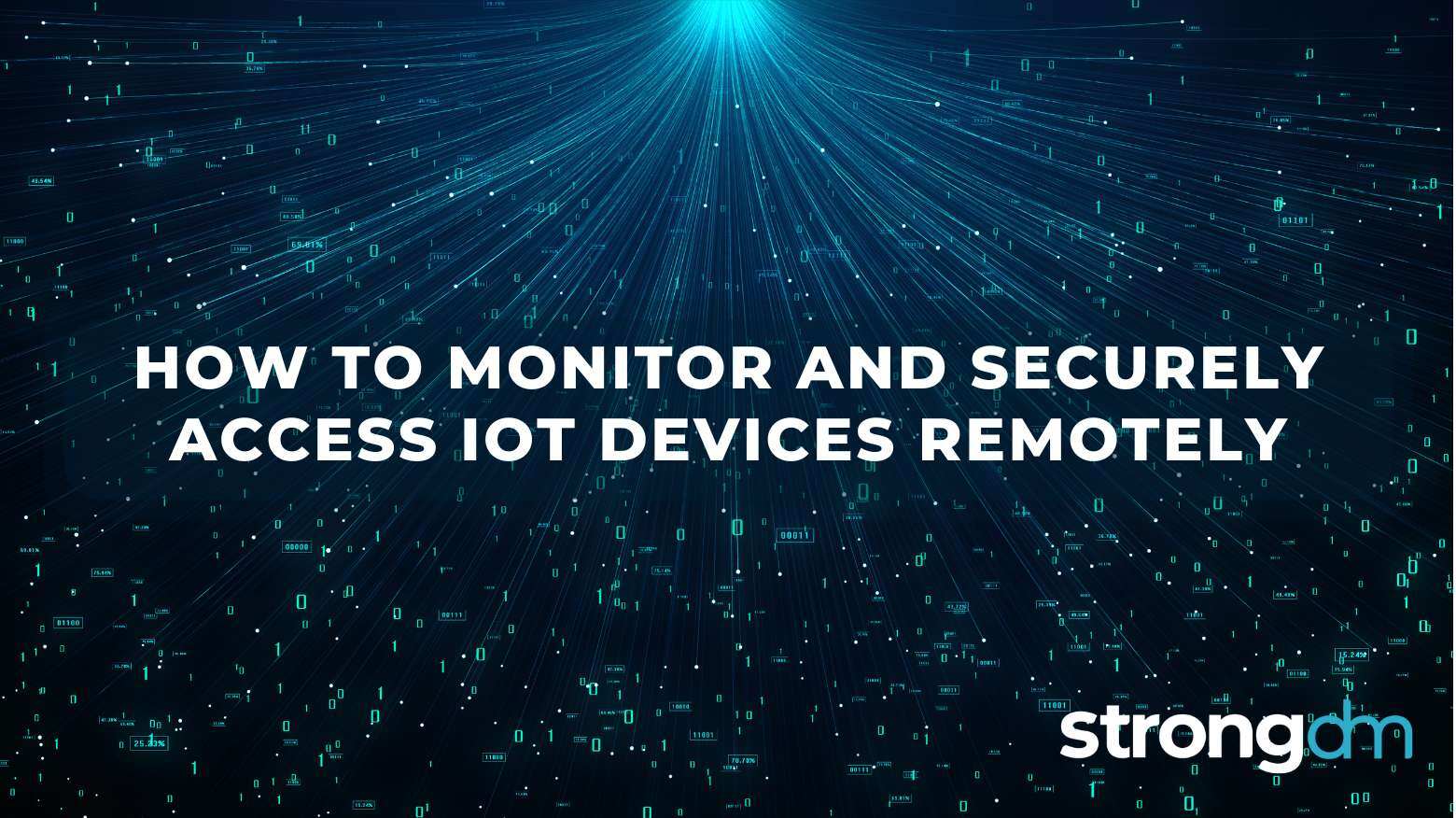
Internet of Things (IoT) devices form the backbone of many modern businesses, facilitating operations, collecting valuable data, and enhancing efficiency. However, the widespread deployment of these devices creates numerous entry points for potential attackers. Without robust security measures, you risk exposing critical systems and sensitive information to malicious actors.
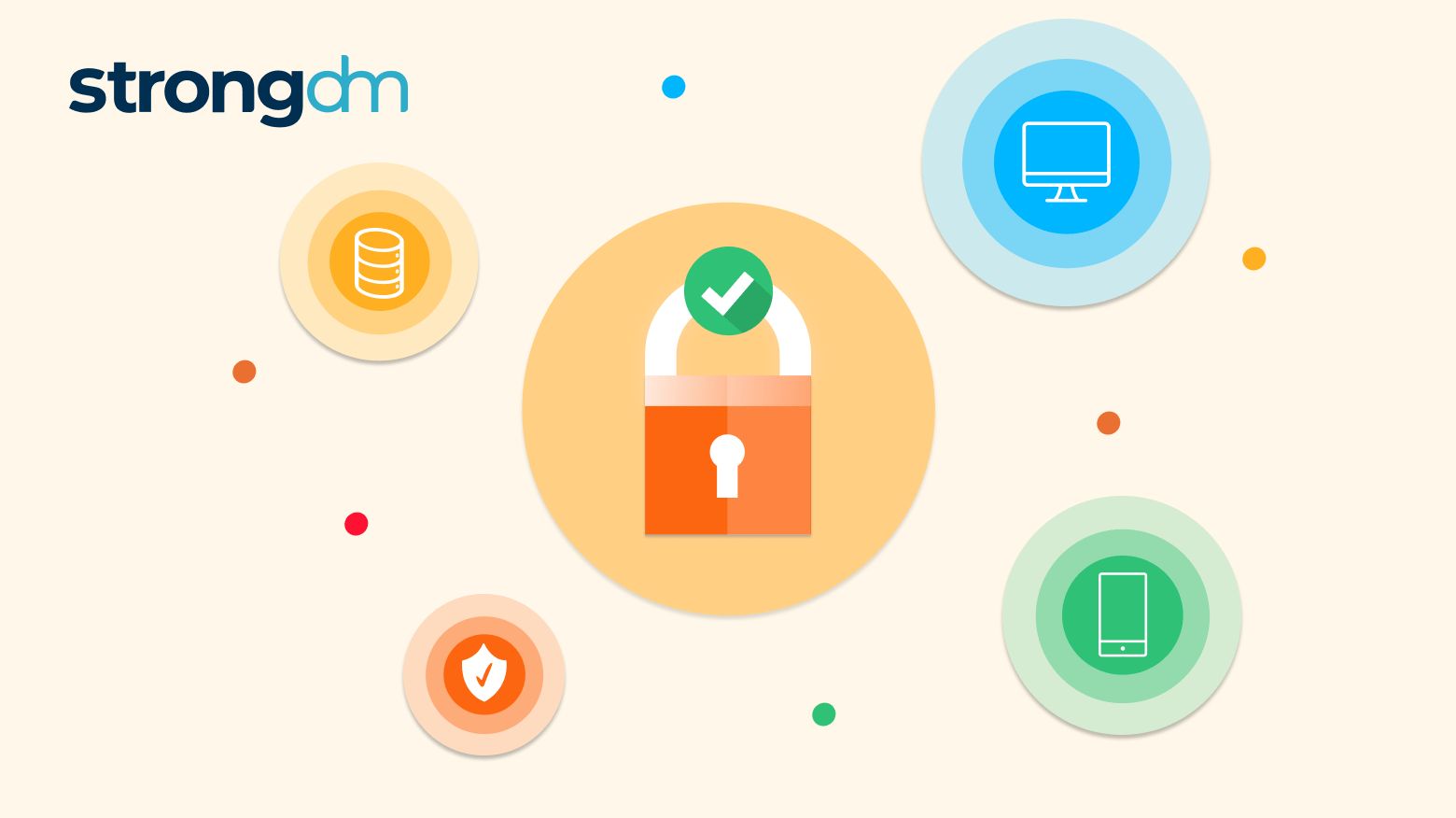
Traditional security measures like simple virus protection, firewalls, and web and email filtering are no longer sufficient to safeguard against the sophisticated tactics used by modern cybercriminals. This heightened complexity means you must implement advanced defense mechanisms that go beyond basic protections, ensuring a resilient and adaptive cybersecurity posture.

